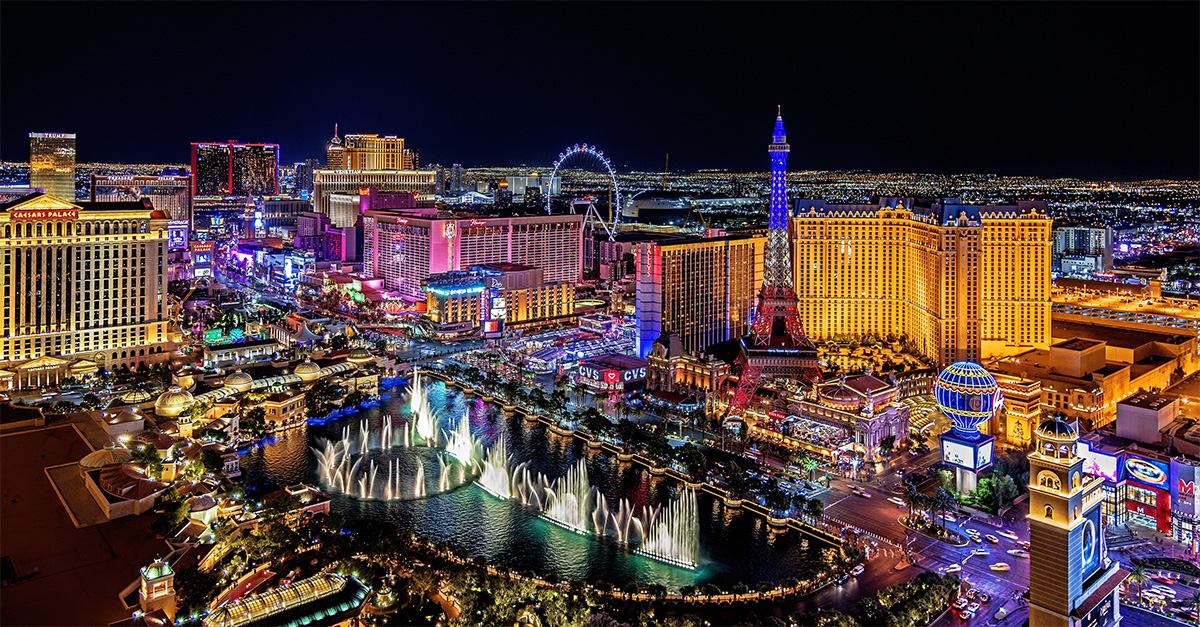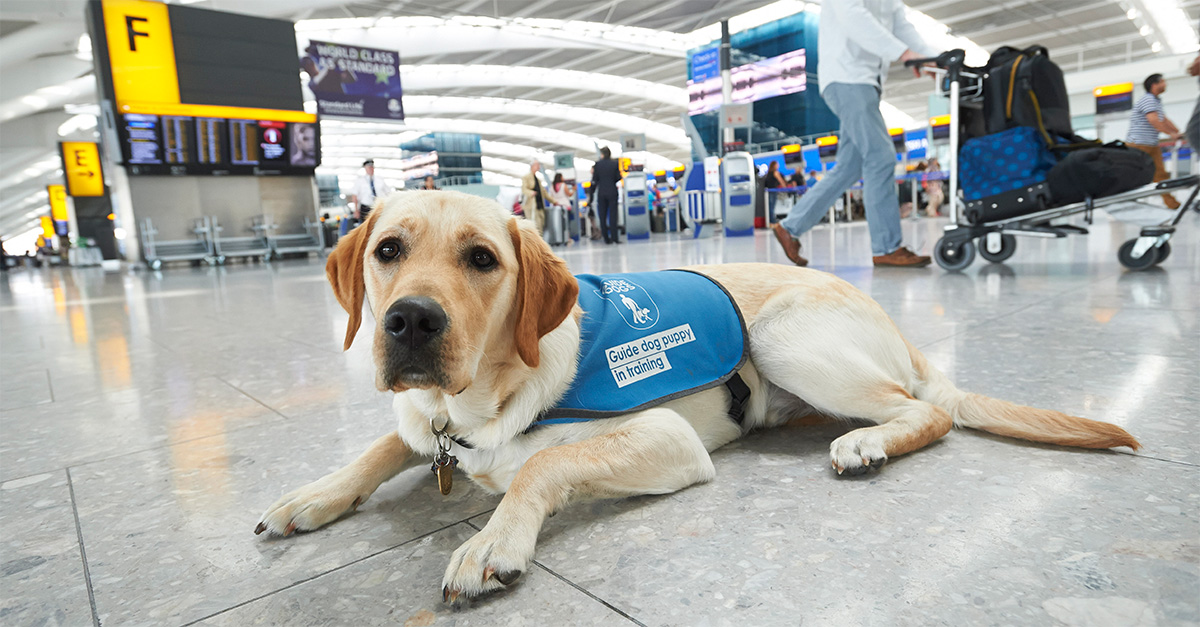Both the Maldives and the Seychelles pack an almighty punch every holiday season, going head-to-head in arguably the biggest heavyweight contest in the region.
In the left corner it’s the Maldives, in the right, the Seychelles. They’re both going to take a significant gouge out of clients’ pockets, so which do you bet on?
They’re pretty equal on the scales, each with world-class, palm-fringed beaches, turquoise seas and luxurious properties offering an air of exclusivity and romance.
The one you cheer for and, ultimately book, depends on what exactly your clients want, so read on for the lowdown on each contender…
The Maldives
Knockout punch: The Maldives’ luxurious, romantic image is well established. One island, one resort – that’s the main appeal. More than the Seychelles, it is a fly-and-flop beach holiday destination.
Excitement: The Maldives is all about luxurious escapism. Hayes and Jarvis product manager Glen McCool said: “Sightseeing is generally underwater – either snorkelling or scuba diving – and this is a big draw for the islands.”
Logistics: The majority of clients land at Malé airport and head straight to their resort, although some repeat visitors will divide their time between two islands. The best time to visit is between November and March when the weather is at its best.
Accommodation: Check some of the prices on offer, some operators have a policy of showing an attractive price including international flights and accommodation, but exclude the compulsory sea plane transfer, which can add an extra £200 per person to the cost.
Nightlife: This can be limited to non-existent on many of the island resorts, although Huvafen Fushi sometimes has a visiting DJ.
Affordability: The Maldives is expensive; on average, prices can be up to £2,500 per person. You can pay up to £70 per person per day for evening meals and there are no alternatives.
Don’t forget there is very little in the way of public transport either to Malé, the capital, or to other islands – it’s either seaplane or use of the resort’s boat.
Ideal clients: Affluent couples who are comfortable with each other and have little interest in organised activities. Most resorts promote a ‘no shoes, no news’ policy.
As Tropical Locations group head of product David Kevan explained: “We get clients arriving with a bag full of Jimmy Choos, which can be taxing on boardwalks and sand.”
Air links: Many clients now visit the Maldives for seven nights following the introduction of SriLankan Airlines’ non-stop service. Emirates flies to both nations via Dubai, allowing for twin-centre breaks.
Tips for newlyweds: “It is important that you select the right island but equally vital is your travelling companion – you need to be compatible, these islands are not designed for argumentative couples,” said Kevan.
Things they forget to tell you: Most of the islands are tiny and flat, as well as sandy, and any activities will be water-based. The older, more established resorts tend to have more trees on their islands and feel less like windswept outposts.
Exsus managing director Andrew Marshall said: “The Maldives are not great for young children. Older children, especially those who like the water, are catered for at some resorts.”
The Seychelles
Knockout punch: Ultimate exclusive appeal, a real treat for the eyes, the Seychelles have a more varied landscape than the Maldives and island hopping is particularly attractive.
Typically, this is not a destination for staying put: it is more for those looking to get out and about and do some exploring.
Excitement: This is diverse, tropical scenery at its best and each island has its own identity, from granite boulders to ancient forests. “A holiday here is much more of an adventure, which will appeal to active people who are interested in ecology,” said McCool.
Logistics: Many clients spend time on the beaches of Mahe, the capital, before going to other islands, probably Praslin and then a tiny island such as Denis or Desroches for that Robinson Crusoe feel.
The weather is variable, but there is usually more rain in January and February. “June, while often regarded as low season, can have great weather, so it is good for honeymooners who get married in the summer,” said Marshall.
Accommodation: Beautifully located hotels, which is why the prices are high. The resorts are either five-star and expensive or attractive, individual guest houses – there is little in between, and what there is can be disappointing.
Nightlife: There are a couple of local bars and discos in Mahe’s capital Victoria, and on Praslin. They get lively at weekends and are geared towards locals, but are happy to welcome tourists.
Affordability: Top-end luxury in the Maldives is more affordable than in the Seychelles. You would be pushed to find non-economy flights to the Seychelles for less than £1,000 because of lack of availability, even in the rainy season.
Air Seychelles flies direct twice a week between Heathrow and Mahe from £653 including taxes in economy and £2,145 including taxes in business class.
Air links: There is limited air service with no non-stop service from London. Qatar Airways flies via Doha, enabling a twin centre with Qatar.
Premier Holidays product manager Nikki Hain said: “Holiday durations to the Seychelles tend to be two weeks, which allows clients time to island-hop.”
Ideal clients: Those who revel in the natural beauty of their chosen destination. “It is for those who appreciate that most of the cost of this holiday is about buying something unique rather than problem-free service,” said Kevan.
Tips for the newlyweds: It is an evocative place. “Honeymooners need to be aware that it is a more rough and ready experience, offering rustic, simple accommodation,” said McCool.
Things they never tell you: The beaches are great but some of the sea currents can be dangerous, particularly in the peak months from May to October.
Like in the Maldives, diving is excellent, but the opportunity to snorkel straight from the beach is less common.




